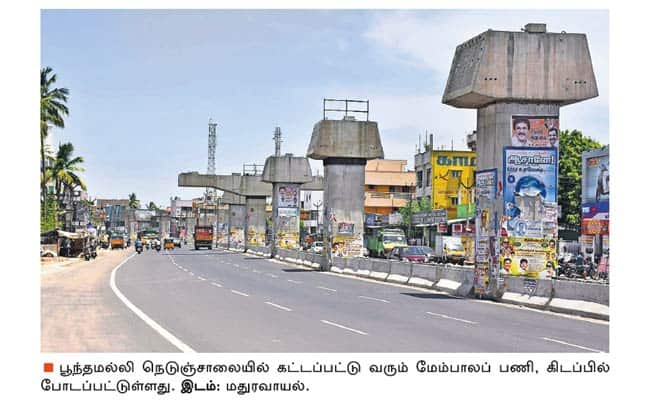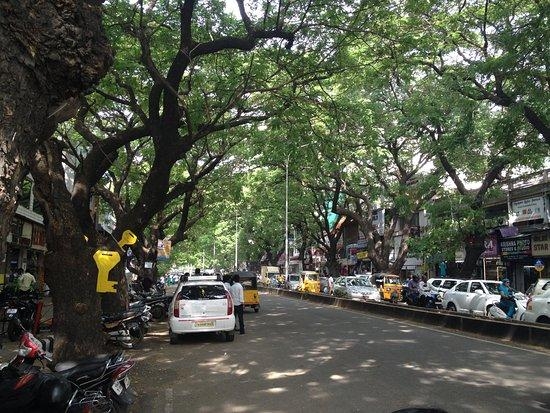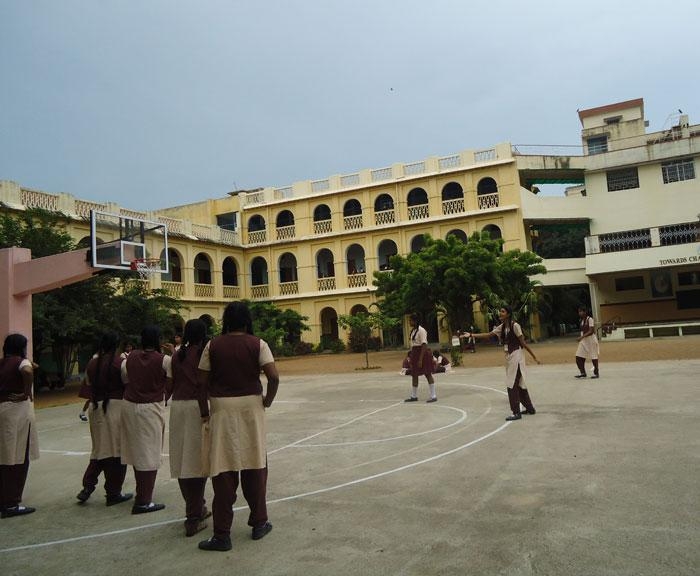OP
OP
swathi25
Guest
[h=1]From township to trade, the history of T Nagar[/h][h=1]Author: sriramv[/h]
Incredible though it may sound today, there was no Chennai or Madras to the west of Mount Road till 1921. Land’s end was effectively the Gemini Studios, after which, all along the western side was a vast lake, known as the Long Tank of Mylapore. By 1921 however, there was a severe housing shortage in the city and it was decided that this lake be filled in and the space converted into a vast self-contained residential colony – Theyagaroya Nagar. This was the first instance of planned development in 20th century Madras. The draining of a water body would today raise concerns from environmentalists but then it was not thought to be of any importance.
The removal of a lake has led to some place names being meaningless but they have survived nevertheless. There is a Lake Area nearby as Lake View and Tank Bund Roads. All of these commemorate the vanished Long Tank. The entire area was once the village of Mambalam and when the lake on the eastern side became T Nagar, what was left became West Mambalam as it survives even now.
T Nagar, when it was planned in the 1920s, was conceived to be bounded by four roads – Mount Road, Mambalam High (now Usman) Road, Burkitt Road and Bazullah Road. This was the era when for the first time a Government by Indians was in power in the provinces. In Madras Presidency, the Justice Party was in power, with the Rajah of Panagal being the Prime Minister. This grand title did not amount to much for the real power was the British Governor. But nevertheless, T Nagar, developing as it did during the Justice Party’s tenure, was to see a number of that party’s leaders commemorated in its streets and parks. Several still survive – Panagal and C Natesa Mudaliar have parks named after them while O Thanikachalam Chetty, Sir Gopathy Narayanaswami Chetty, Dr TM Nair and Sir Mohammed Usman among others have roads remembering them.
Read more at: https://sriramv.wordpress.com/2012/02/02/from-township-to-trade-the-history-of-t-nagar/
Incredible though it may sound today, there was no Chennai or Madras to the west of Mount Road till 1921. Land’s end was effectively the Gemini Studios, after which, all along the western side was a vast lake, known as the Long Tank of Mylapore. By 1921 however, there was a severe housing shortage in the city and it was decided that this lake be filled in and the space converted into a vast self-contained residential colony – Theyagaroya Nagar. This was the first instance of planned development in 20th century Madras. The draining of a water body would today raise concerns from environmentalists but then it was not thought to be of any importance.
The removal of a lake has led to some place names being meaningless but they have survived nevertheless. There is a Lake Area nearby as Lake View and Tank Bund Roads. All of these commemorate the vanished Long Tank. The entire area was once the village of Mambalam and when the lake on the eastern side became T Nagar, what was left became West Mambalam as it survives even now.
T Nagar, when it was planned in the 1920s, was conceived to be bounded by four roads – Mount Road, Mambalam High (now Usman) Road, Burkitt Road and Bazullah Road. This was the era when for the first time a Government by Indians was in power in the provinces. In Madras Presidency, the Justice Party was in power, with the Rajah of Panagal being the Prime Minister. This grand title did not amount to much for the real power was the British Governor. But nevertheless, T Nagar, developing as it did during the Justice Party’s tenure, was to see a number of that party’s leaders commemorated in its streets and parks. Several still survive – Panagal and C Natesa Mudaliar have parks named after them while O Thanikachalam Chetty, Sir Gopathy Narayanaswami Chetty, Dr TM Nair and Sir Mohammed Usman among others have roads remembering them.
Read more at: https://sriramv.wordpress.com/2012/02/02/from-township-to-trade-the-history-of-t-nagar/






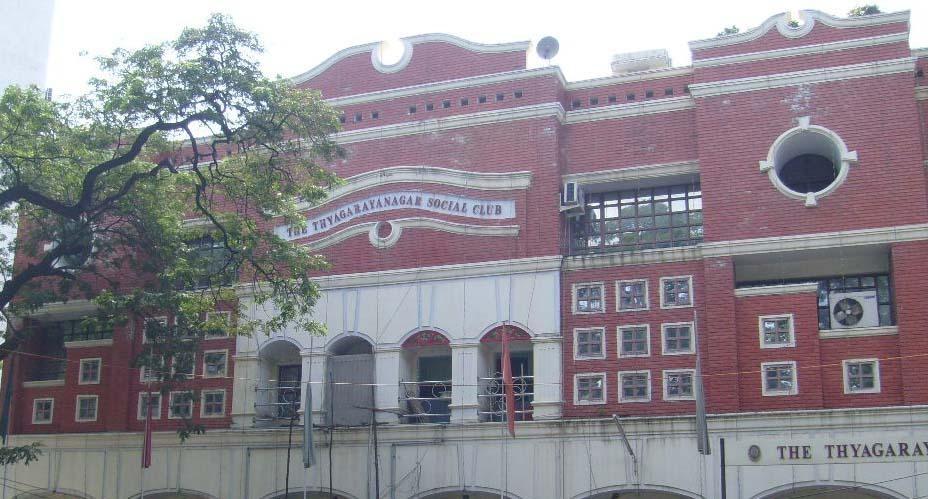



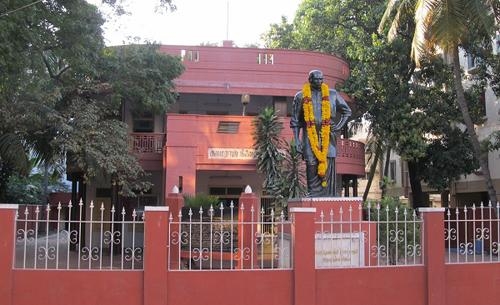
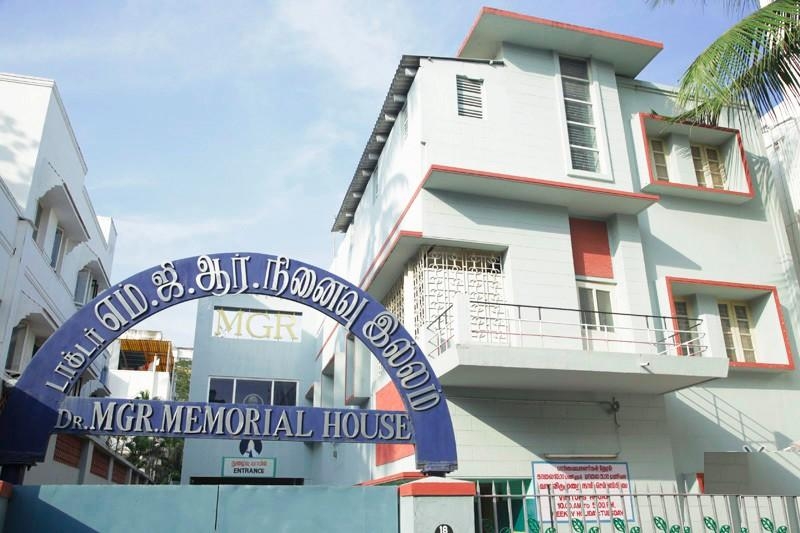
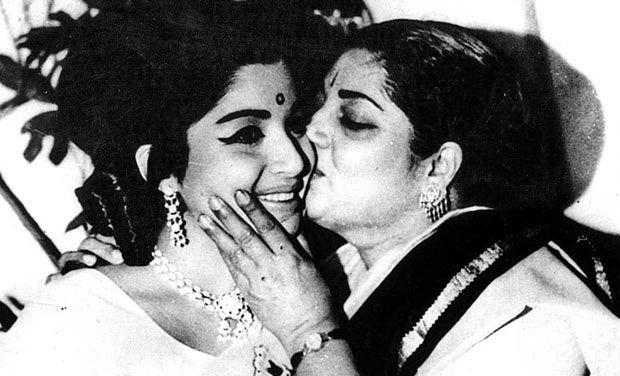
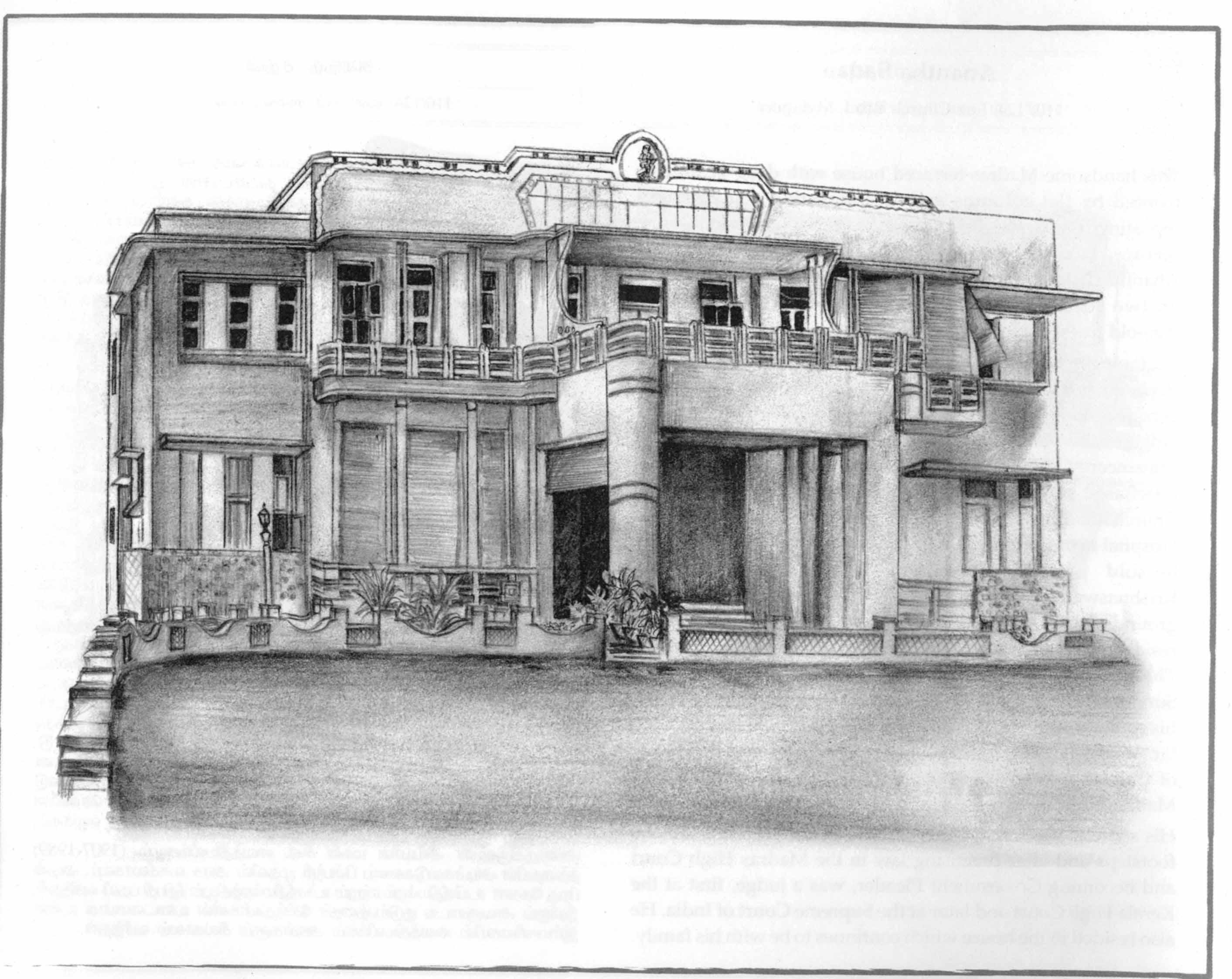

_04117.jpg)
